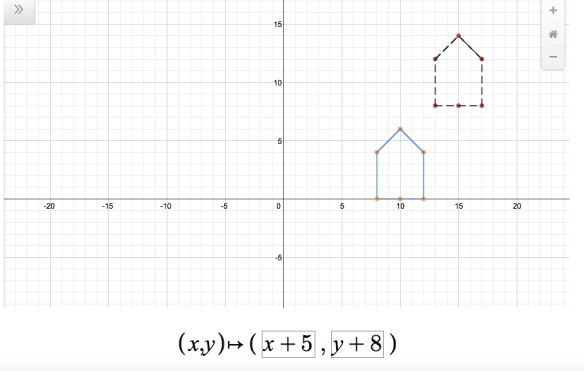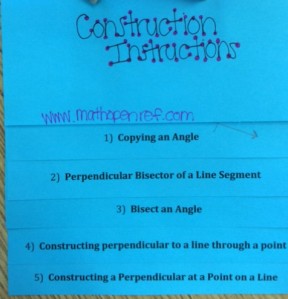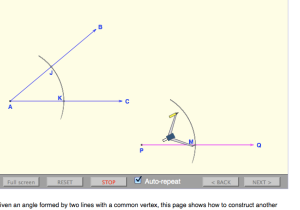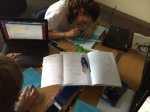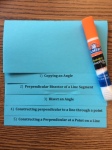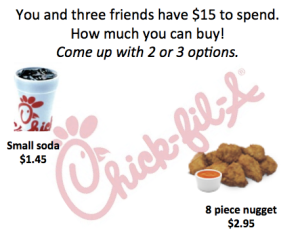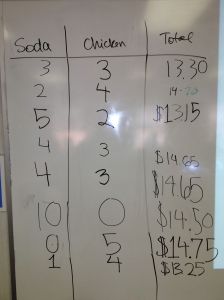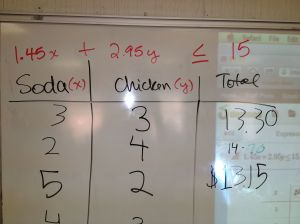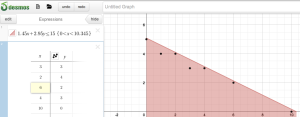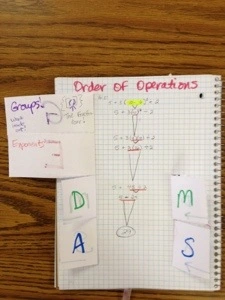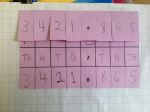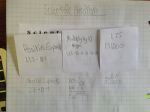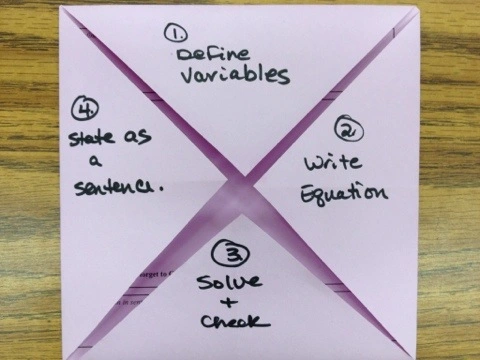Complex numbers are amazingly fun to teach in Algebra 2 because it is the first time students have ever seen them. It turns many of their previous “no solutions” into answers, how exciting is that? It also enables them to understand the majority of math jokes and memes!

I start my students off by letting them read about who uses complex numbers (because they always ask and I find this saves time), and then I let them read the Math Forum’s John and Betty’s Journey Into Complex Numbers.
Then, I show them this…
We have been studying patterns since the first day of school. Patterns are part of the beauty of mathematics. And the math they currently know does not let this pattern continue.
Enter complex numbers.
Some of them don’t buy it at first, but then I ask them, “Can you SEE zero cookies?” “Can you SEE -5 dollars?” Hmmmm…..
After the fun stuff comes the real work. And that is where the foldable comes in. I saw this awesome circular diagram idea for powers of i on Bonnie’s blog, Teaching On The East Side. I also used her great answer scramble idea (see below)!
I use graphing a + bi to motivate why the heck we can’t leave i the denominator and must use the complex conjugate to simplify. Fun times!
Here is the link to the word doc for the foldable.
 After the foldable we needed a break before getting more practice so we played this Kahoot. I liked it because every slide has a fun math joke or meme involving complex numbers!
After the foldable we needed a break before getting more practice so we played this Kahoot. I liked it because every slide has a fun math joke or meme involving complex numbers!
Finally, for the practice worksheet I made a Holiday Scramble! Where the answers are all on the board, but mixed up so you have to find them. This is great for the students that do NOT like to even see the hint of an answer before starting a problem, but do want to check their answers after they are finished.




